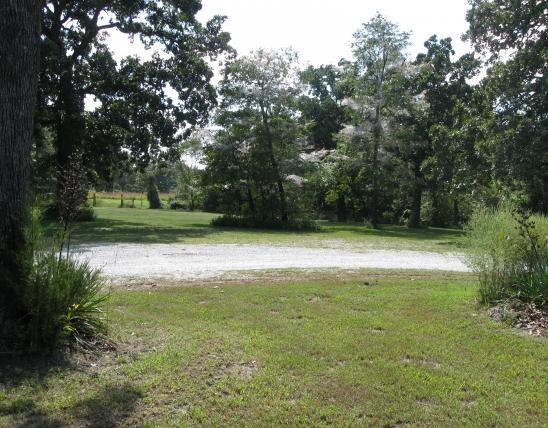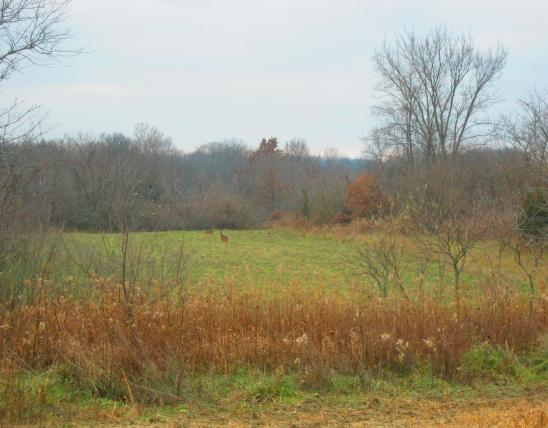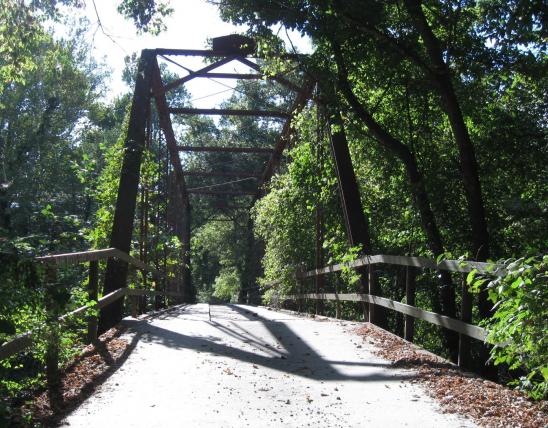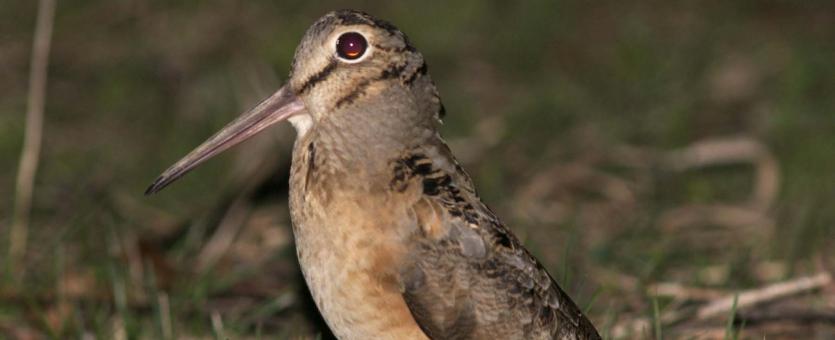
American woodcocks have an extremely long bill; round, plump body; short tail and legs; and large black eye located high on the head. The back is dark, mottled with cinnamon and gray, and the underparts are buffy. They are most commonly seen at dusk in spring when the male performs a high, upward-circling, twittering flight culminating in a precipitous long fall while his feathers make a gurgling sound. Back on the ground, the male repeats a raspy loud “peent” call several seconds apart.
Length: 11 inches (tip of bill to tip of tail).
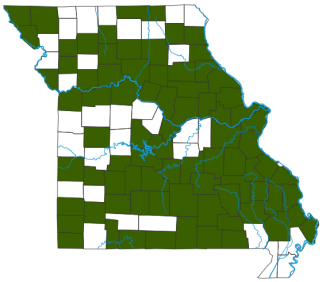
Statewide as a migrant; resident in summer probably only in forested regions of the Mississippi Lowlands. Nests in appropriate habitat statewide in low density.
Habitat and Conservation
Although they are shorebirds by lineage, American woodcocks live in open forests, young woodlands near water, moist pastures and forested floodplains. In summer they are probably most common as residents in the eastern part of the state. This species might be decreasing on the continent as their preferred habitat grows into mature forest.
Food
American woodcocks forage for earthworms in young woodlands near water, in moist pastures and forested floodplains. The tip of the long bill is flexible, and the bird uses it to probe soft ground for its prey.
Status
Common migrant; uncommon summer resident (mainly in Bootheel).
Life Cycle
American woodcocks migrate north in the spring and south in the fall. They are crepuscular (most active at dawn and dusk). Once they have arrived at their breeding range, the males engage in elaborate courtship rituals, sometimes continuing the behavior for months. Nests are shallow depressions on the ground in open woods. There are 1-12 eggs per clutch. The young are downy and able to run around soon after hatching but require feeding by the mother for the first week.
Human Connections
The “timberdoodle” is a well-known game bird but is also greatly appreciated for its elaborate, ritualized, high-flying “peenting” courtship displays.
Ecosystem Connections
American woodcocks eat earthworms and numerous ground-dwelling insects. As ground-nesters, woodcocks and particularly their nests and young provide food for numerous predator species.
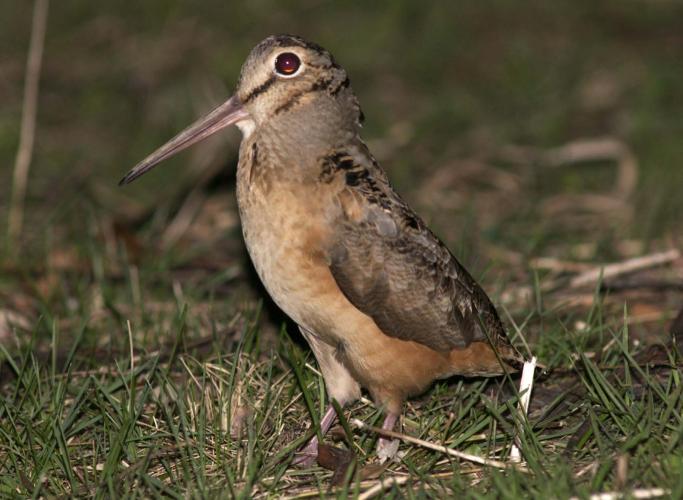
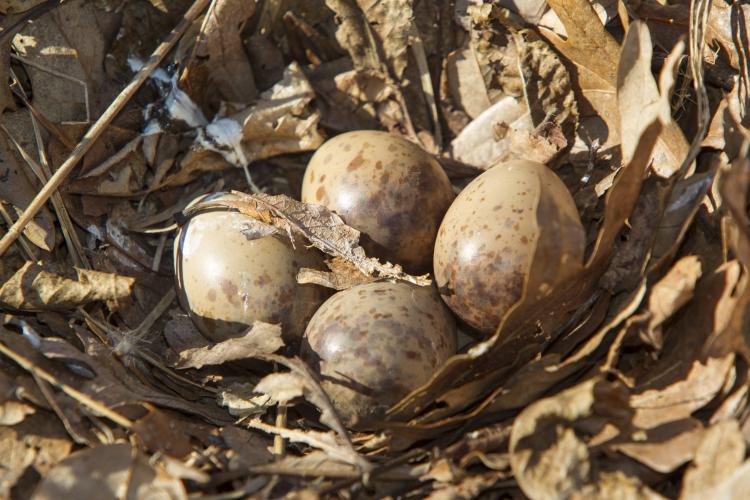
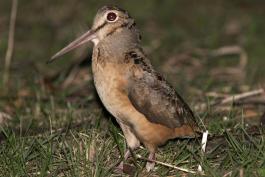
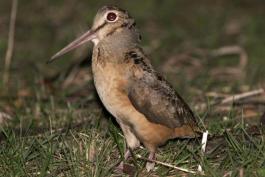
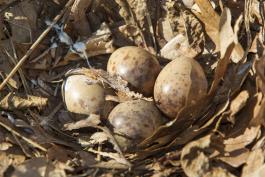
Where to See Species
About 350 species of birds are likely to be seen in Missouri, though nearly 400 have been recorded within our borders. Most people know a bird when they see one — it has feathers, wings, and a bill. Birds are warm-blooded, and most species can fly. Many migrate hundreds or thousands of miles. Birds lay hard-shelled eggs (often in a nest), and the parents care for the young. Many communicate with songs and calls.






















